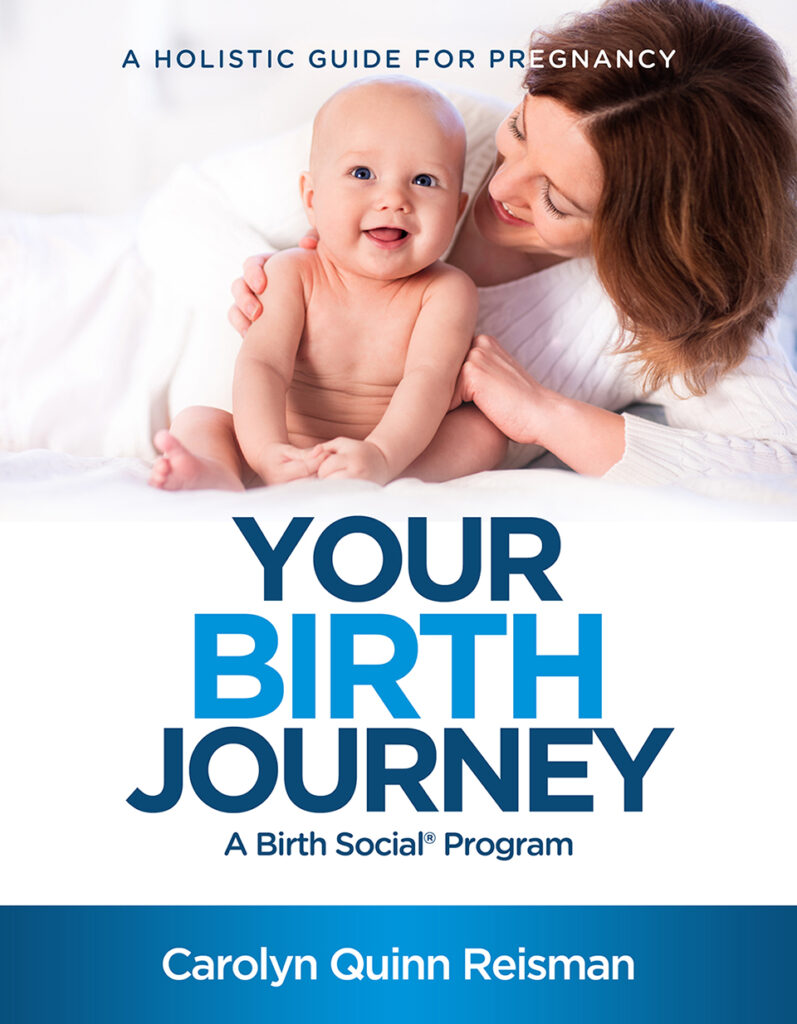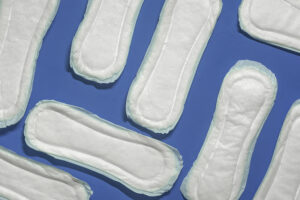One of the most frequently asked questions health care providers receive from parents is about their baby’s pee and poo.
Wet Diapers
Changing your baby’s diapers is the new normal, and you need to be aware of elimination patterns for the next few days.
Your baby should urinate within the first 24 hours. If you are using disposable diapers and cannot tell how often your baby is urinating, put a small white washcloth or absorbable cotton flannel in the baby’s diaper for the first few days. Here’s what to expect.
- Day 1: one wet diaper by 24 hours.
- Day 2: two wet diapers a day.
- Days 3–5: three to five wet diapers.
- Day 6 and on: You should expect at least six to eight wet diapers a day.
Orange Pee: Don’t be alarmed if you find a pinky-orange color in your baby’s diaper, which is more common in boys. These are called urate crystals. Urate crystals, which can occur in the first few weeks of life, are nothing more than the infant passing highly concentrated urine. Urate crystals don’t hurt babies.
Bloody Discharge: Don’t be alarmed. A little bloody discharge in a baby girl’s diaper is due to the withdrawal of maternal hormones.
✱ If your baby does not have a wet diaper by 24 hours, call your midwife or baby’s provider.
Stools
In utero, your baby produces a tarry green or black substance called meconium, your baby’s stool. The stool is made up of amniotic fluid, cells that have been shed from the skin, lanugo (fine hair that covers your baby’s body), and mucus.
Stool Color: Your newborn will pass the meconium, a greenish/black tarry substance, usually within 12 hours of birth, but it may take up to 24 hours. Once your baby passes the meconium, the poo will begin to change in color and consistency, will look greenish, and become looser. This occurs on or about the third day and is called transitional stool. On the fourth to the fifth day, the baby will have normal stools that are mustard-colored, seedy, and runny.
- Day 1-2: The stools will be black (meconium)
- Days 3-4: The stools will be greenish (transitional)
- Day 5: The stools will be yellow (normal)
If the stools are still black on days 3-4, it may be a sign your baby is not getting enough. Call your provider right away.
Stool patterns. Breastfed babies vary widely in stool patterns, but most breastfed babies have three to four yellow stools per day while others go less frequently. If your baby is an infrequent pooer, it is not a problem as long as the stools are soft, and your baby is gaining weight and nursing regularly. Hard or very dry stools (harder than peanut butter) may be a sign that s/he is not getting enough fluid, or that s/he is losing too much fluid due to illness, fever, or heat.
✱ If your baby does not have a stool by 24 hours, call your midwife or baby’s provider.















